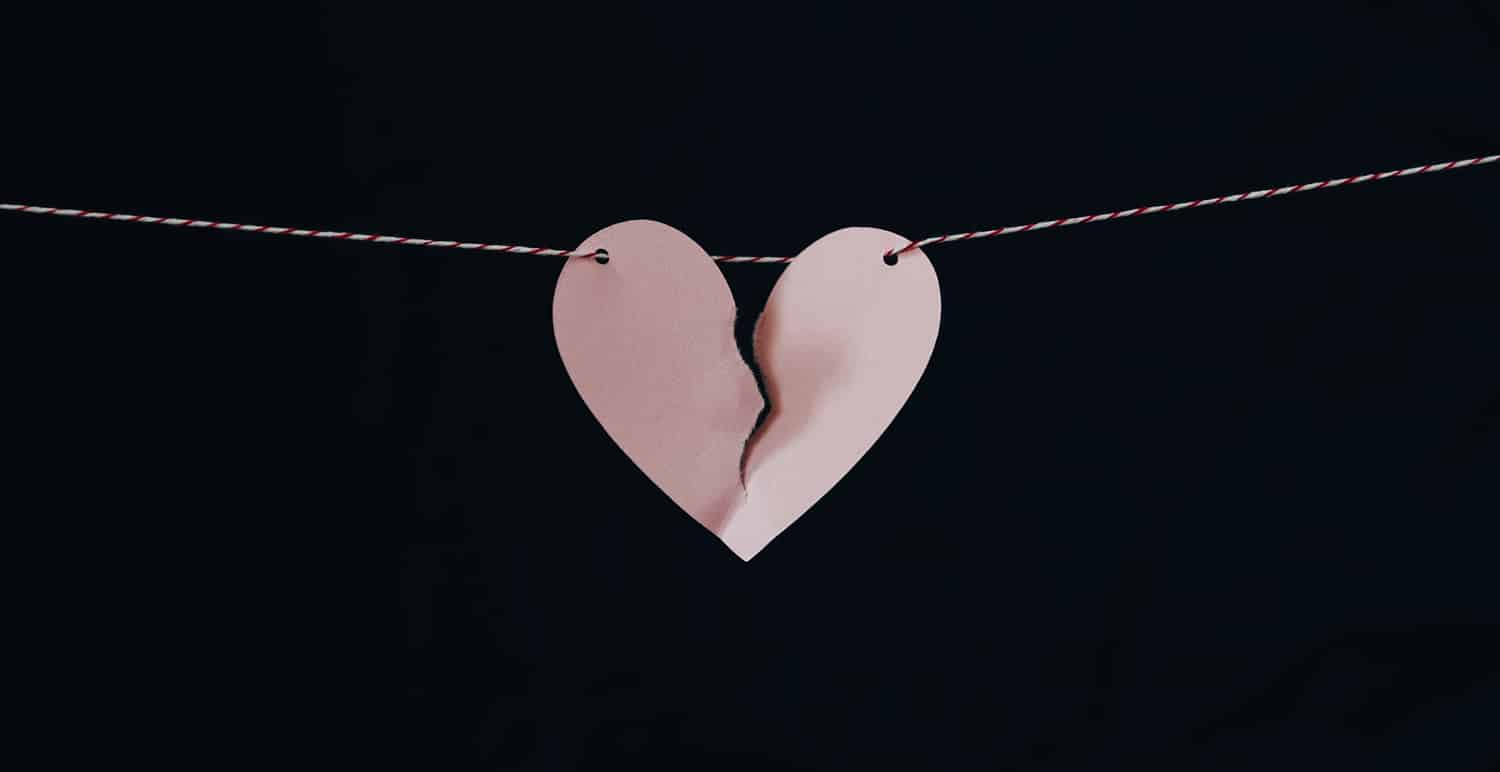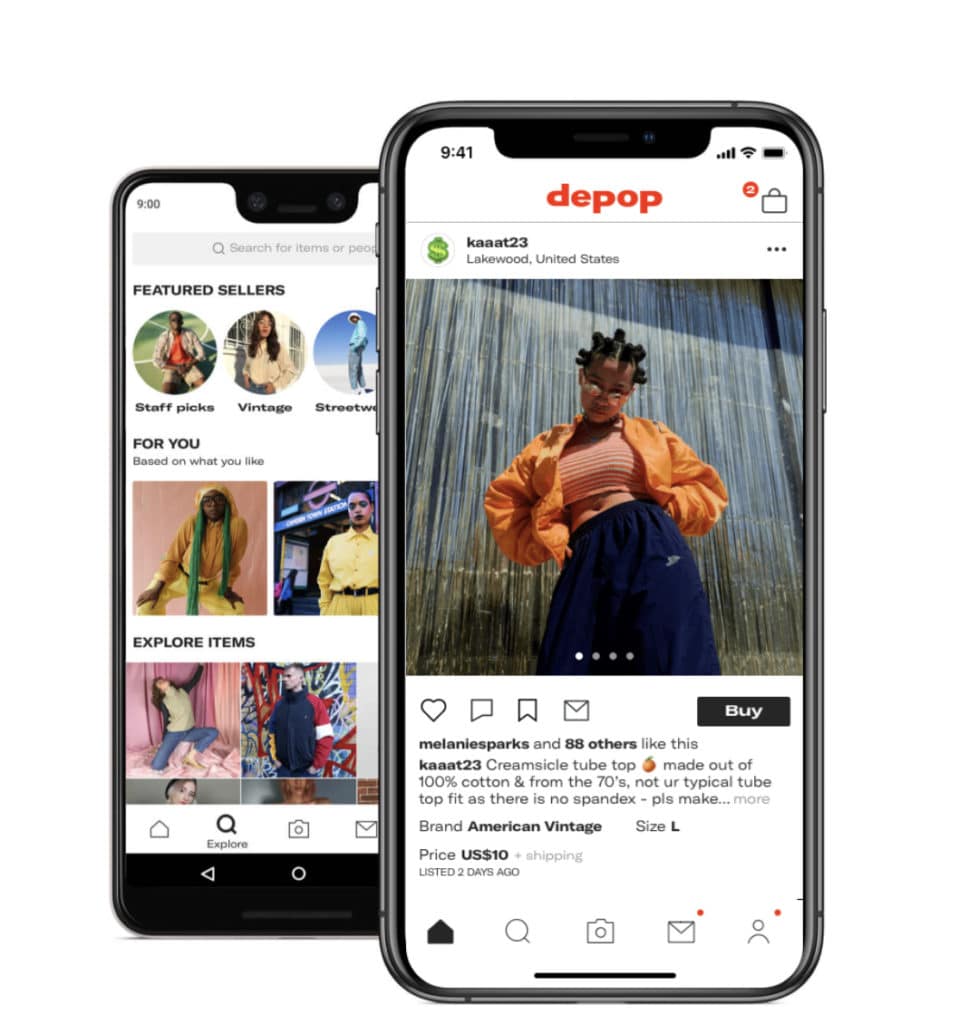Blog
Home » Diamonds blog » Pandemic Boosts Second-Hand Diamond Market
Focus on

This created an interesting paradigm, and for years allowed a company like De Beers to keep close control over supply in the market. Since it could manage the volume of rough goods flowing in, and was not competing with any significant secondary trade, the company could pretty much set the number of available diamonds, and consequently defend their price as well.
What that meant that there was an inordinately large number of diamonds that essentially could be described as dead stock. How large? According to diamond industry analyst Chaim Even-Zohar writing in 2013, since ancient days mines produced some 5.69 billion carats, which amounted to between 1.3 and 1.8 billion carats of polished. That, he stated, was more than one trillion dollars’ worth of cut diamonds in consumer hands, with between 40 percent and 50 percent of them in the United States.
By his calculations, if all the existing diamonds held by consumers were to go back into the market, it would supply the industry for 40 to 50 years.
GLOBAL PANDEMIC SPARKS DEMAND FOR SECOND-HAND JEWELRY
That was then. In the interim years a market for second-hand goods has developed, in part because of the development of easy Internet trading, making it easier for a non-industry person to trade in polished diamonds, but also because of a widely held perception that there are shortage of goods available. Add to that a cultural element that, possibly, people are less skittish about reselling their diamond jewelry.
The latter phenomenon seems to a be a feature of the global pandemic, which according to reports has prompted some married couples to call it a day, and others to deepen their commitment. Add to the mix the fact that people are reluctant to venture out to their neighborhood jewelry store, and it means that those out-of-love people who are ready to part with their jewelry are connecting online with those in-love people who, once again, are seeking to make a purchase.
“Quarantine has meant make-or-break for many relationships,” wrote Trish Stevens, director of fine watches and jewelry at The RealReal, which is an American online platform that allows people to offer high end goods for sale, in a statement to Business Insider. “While we’re seeing an influx of people purchasing engagement rings, we’re also seeing more people consign them.”

A feature of the global pandemic is that some married couples to call it a day and others to deepen their commitment, meaning that some are looking to sell their diamonds, while others want to buy them.
The growth in the second-hand jewelry market as a result of the pandemic was confirmed to Business Insider by Steven Schneider, Chief Operating Officer at Worthy, a New York-based company that specializes in selling and buying pre-owned luxury goods. “What we’re seeing is items that came from broken relationships, whether that’s divorce or failed engagement, and those tend to be typically whatever was in style two or three years ago.”
Schneider said that luxury jewelry resale sites had helped fill as gap caused by a lack of new gemstones reaching the market. “A lot of the demand that might otherwise be filled with new diamonds out of the earth is being filled now with items from the secondary market, which we’re a primary source for,” he said. “The flow of new goods into the diamond market has definitely gone down, which makes secondhand that more important for our buyers.”

Popular second-hand sale sites like Depop are expected to push the resale sector, which includes diamond jewelry, to $51 billion by 2023.
ENVIRONMENTAL FACTORS DRIVE SECOND-HAND MARKET
But supply shortages are not the only reason for the growth in second-hand sales. So is the environment. Second-hand shopping makes a lot of sense for sustainability minded, financially savvy Gen Z.
One in three members of Gen Zs expect to buy second-hand clothes, shoes or accessories. They are buying and selling second-hand stuff on sites like Poshmark, Depop and StockX. Demand for second-hand, driven by Gen Z is expected to push the resale sector to $51 billion by 2023.
So, what is the appeal of second-hand?
The answer is simple. It’s considered a sustainable way to keep up with trends. Climate change looms in their minds and they want to buy products that lessen environmental impact.
Almost 70 percent of people in this generation consider sustainability to be an important factor in making a purchase. Eco-friendly products and brands are booming, and second-hand makes sense, because it involves reusing a product that otherwise may be left in the cupboard or jewelry box.
